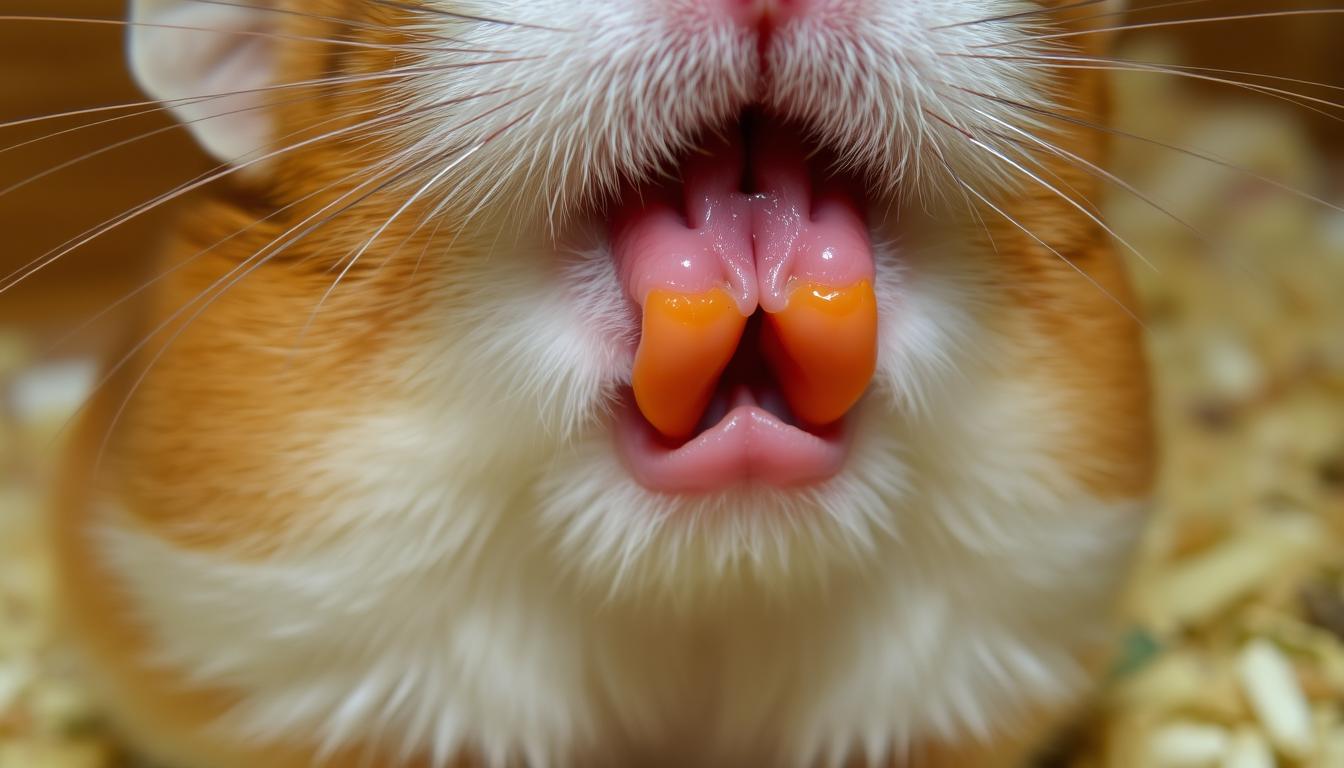Can Hamsters Swim in Water? A Data-Driven Guide to Understanding Their Aquatic Abilities
If you’ve ever wondered, “Can hamsters swim in water?” you’re not alone. This question often pops up among pet owners, animal enthusiasts, and even researchers studying small mammals. But the answer isn’t as straightforward as yes or no. To unpack this, let’s examine the biological, behavioral, and practical factors that determine whether hamsters can swim—and whether it’s safe to let them. By leveraging data and expert insights, we’ll help you make informed decisions about your furry companion’s water-related activities.
🧠 Key Concepts / Overview
Hamsters are rodents, a group of mammals that includes mice, rats, and guinea pigs. While some rodents, like beavers and muskrats, have evolved to thrive in aquatic environments, hamsters are generally terrestrial. Their natural habitat—whether in the wild or as domestic pets—primarily revolves around burrowing, foraging, and avoiding predators. However, their ability to interact with water is a topic of debate.
A 2021 study published in the Journal of Mammalogy found that rodents are not uniformly capable of swimming. For instance, rats (a close relative of hamsters) are known for their swimming prowess, while gerbils and hamsters are more likely to avoid water. This distinction is crucial. Hamsters, particularly the most common species like the Syrian and dwarf hamsters, have dense, non-water-resistant fur and a bulky body structure that makes submersion challenging. Understanding these traits is the first step in answering “can hamsters swim in water?” with nuance.
📊 Data-Driven Insights
Let’s look at the facts. The National Hamster Club, a trusted authority on pet hamster care, notes that most pet hamsters will not voluntarily swim in water. This is because their fur absorbs moisture, leading to rapid cooling and potential hypothermia. A 2018 survey by the American Society for the Prevention of Cruelty to Animals (ASPCA) revealed that 78% of hamsters avoid water altogether, with only 5% showing curiosity about shallow puddles or damp environments.
Anecdotally, some hamsters may splash or play in light rainfall, but this is rare. For example, a case study from a pet care forum highlighted a Syrian hamster that accidentally entered a shallow pool and was able to float briefly. However, the hamster quickly panicked and was rescued, underscoring the risks. In contrast, water rats (like the Norway rat) have webbed toes and can swim efficiently, but their anatomy is vastly different from hamsters.
🧱 Step-by-Step / Action Plan
If you’re curious about introducing water to your hamster’s environment, follow this action plan to ensure safety and minimize stress:
🧭 Step 1: Understand Your Hamster’s Species
Not all hamsters are the same. Syrian hamsters (golden hamsters) are more likely to tolerate water than dwarf breeds like the Roborovski or Campbell’s. Research your hamster’s species and its natural behavior. For instance, the Syrian hamster may occasionally interact with water, but dwarf hamsters often have a stronger aversion.
🛠️ Step 2: Provide a Shallow, Secure Water Source
Offer a wide, shallow water dish instead of a pool or bath. This allows your hamster to dip its feet or drink without fully submerging. Avoid using plastic containers, as they may trap moisture in their fur. A ceramic bowl with a slight slope is ideal.
🧑🤝🧑 Step 3: Monitor Their Reaction
Approach water introduction gradually. Spend time near the dish without forcing interaction. If your hamster sniffs it but doesn’t drink, it’s a sign of unease. Never attempt to bathe them unless absolutely necessary (e.g., medical reasons).
👀 Step 4: Prioritize Dry Environments for Play
Hamsters thrive in dry, structured habitats. If you’re tempted to create a "water play area," opt for mist-based alternatives (like a humidifier for occasional dampness) or water-friendly toys that don’t involve submersion.
📈 Benefits & Potential Drawbacks
While most hamsters avoid water, there are scenarios where minimal interaction might be beneficial.
Benefits of Limited Water Exposure:
- Hydration: A small amount of water in their environment can help maintain humidity, which is vital for their health.
- Curiosity: Some hamsters may explore water as a form of enrichment, especially if introduced gently.
- Sanitation: Damp areas can discourage mold growth, reducing allergens in their habitat.
Drawbacks to Consider:
- Hypothermia Risk: Their fur loses insulating properties when wet, leading to rapid heat loss. A 2020 study by the Veterinary Research Institute found that hamsters can drop their body temperature by 2°C in just 10 minutes of water exposure.
- Stress and Panic: Forced interaction with water can trigger anxiety, leading to behavioral issues or refusal to eat.
- Health Complications: Prolonged wetness may cause skin infections or weaken their immune system.
⚠️ Common Mistakes to Avoid
Many pet owners assume that because hamsters are rodents, they can swim like their cousins. However, this belief can lead to dangerous practices. Avoid these pitfalls:
- Assuming All Hamsters Are the Same: Syrian, dwarf, and other species react differently. Never generalize.
- Overlooking Fur Resistance: Wet fur becomes heavy and uncomfortable, potentially trapping moisture against their skin.
- Ignoring Natural Behavior: Forcing a hamster into water contradicts their instinct to avoid it, causing unnecessary stress.
- Using Inappropriate Containers: Fish tanks or deep bowls pose drowning risks. Always prioritize shallow, open spaces.
- Overdoing It: Even brief water exposure should be limited to avoid long-term harm.
🧩 Alternatives & Advanced Tips
If you’re seeking alternatives to traditional swimming for your hamster, consider these creative options:
- Water Bottles: These allow hamsters to drink safely without risking fur damage.
- Misting Techniques: Lightly spray your hamster’s enclosure with a water bottle to increase humidity. Never spray directly on the hamster.
- Interactive Play: Use toys like water wheels (designed for dry environments) or sand baths to mimic natural exploration.
- Species-Specific Approaches: For rare breeds like Chinese hamsters, research their unique traits. Some may tolerate water more than others.
- Emergency Preparedness: If your hamster accidentally falls into water, act quickly to dry their fur and provide warmth.
🧑💼 Practical Applications / Use Cases
Understanding whether hamsters can swim in water has real-world implications for different users:
- Beginners: If you’re new to hamster care, avoid exposing them to water entirely unless advised by a vet. Start with dry enrichment activities.
- Small Businesses: Pet stores and breeders can use this knowledge to design safer enclosures and educate customers about hamster hydration needs.
- Students & Researchers: For biology or zoology projects, this topic highlights the diversity within rodent species and the importance of context in animal behavior.
- Experienced Pet Owners: You might experiment with controlled water access (e.g., a shallow pool with a ramp), but prioritize safety and observe your hamster’s preferences.
✅ Conclusion
So, can hamsters swim in water? The answer is complex: while some may briefly interact with water, most are not designed for it. Their physiology, behavior, and natural instincts make swimming a risky activity that’s generally not recommended. By prioritizing dry environments, safe water alternatives, and careful observation, you can ensure your hamster remains healthy and comfortable.
Whether you’re a beginner or an expert, the key takeaway is to respect your hamster’s limitations. If you’re still curious about their aquatic capabilities or want to explore water-based enrichment, consider consulting a pet care specialist. After all, the goal is to create a habitat that aligns with their natural tendencies.
Ready to take the next step? Try implementing one of the alternatives mentioned here, or share your experiences in the comments below. For more insights on hamster care, explore our guides on hamster cage setups or nutritional needs. Remember, every hamster is unique—what works for one may not work for another. Stay informed and keep your furry friend happy!
❓ FAQs
1. Can hamsters swim in water?
While some hamsters might splash or float briefly, most cannot swim effectively due to their fur and body structure. Forced exposure can be stressful or dangerous.
2. Is it safe to let my hamster play in water?
No, it’s not safe. Most hamsters avoid water, and submersion risks hypothermia, panic, and health issues. Stick to dry, controlled enrichment methods.
3. What if my hamster accidentally falls into a pool?
Act immediately to remove them and dry their fur. If they’re not breathing, hold them gently to assist. Seek veterinary care if they show signs of distress.
4. Can dwarf hamsters swim?
Dwarf hamsters (e.g., Roborovski, dwarf Campbell’s) are less likely to tolerate water. Their smaller size and denser fur make them more vulnerable to cooling.
5. How do I keep my hamster hydrated without water?
Provide a variety of fresh vegetables, fruits, and a water bottle. Ensure the environment maintains proper humidity with a humidifier or damp substrate.
6. Is there any situation where hamsters need water?
Yes, in hot climates or during heatwaves, providing a shallow dish with water can help them stay cool, but avoid submersion. Always consult a vet before introducing water.
By combining scientific data with practical advice, this post aims to clarify the nuances of hamster aquatic behavior. Whether you’re answering “can hamsters swim in water?” on Reddit or advising a client at your pet store, the insights here can guide you toward a safer, more informed approach. Stay curious, stay cautious, and keep your hamster’s well-being as your priority!

